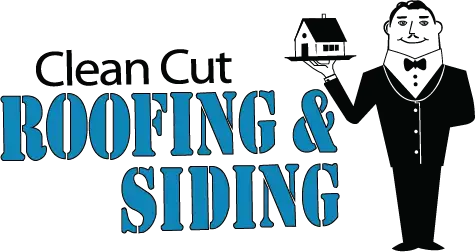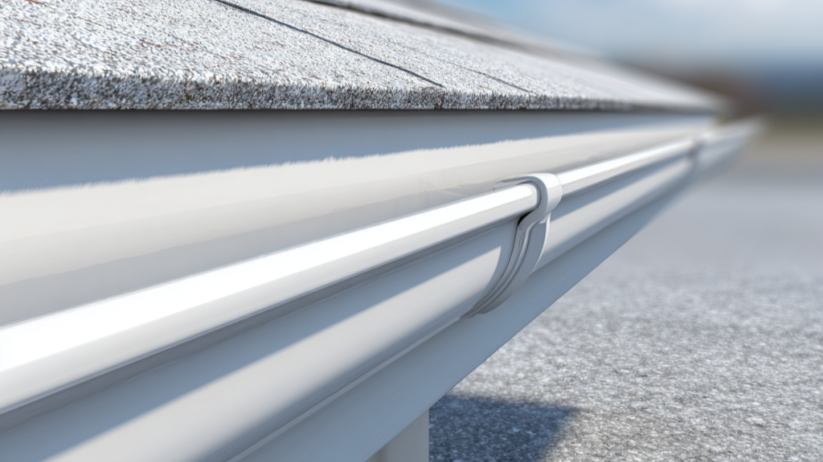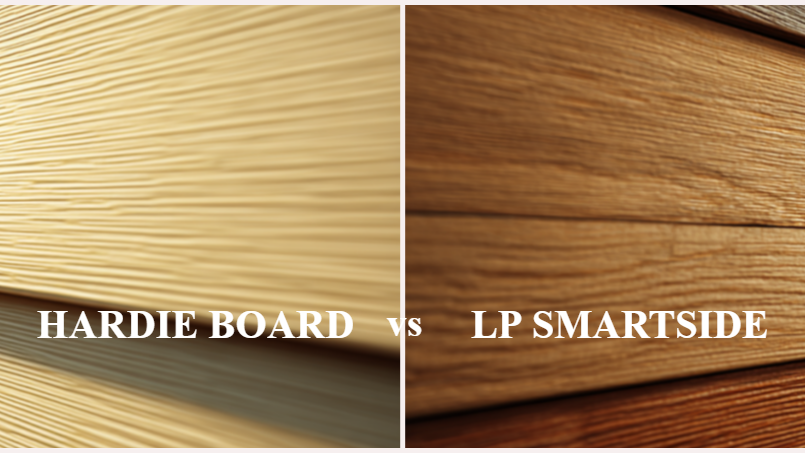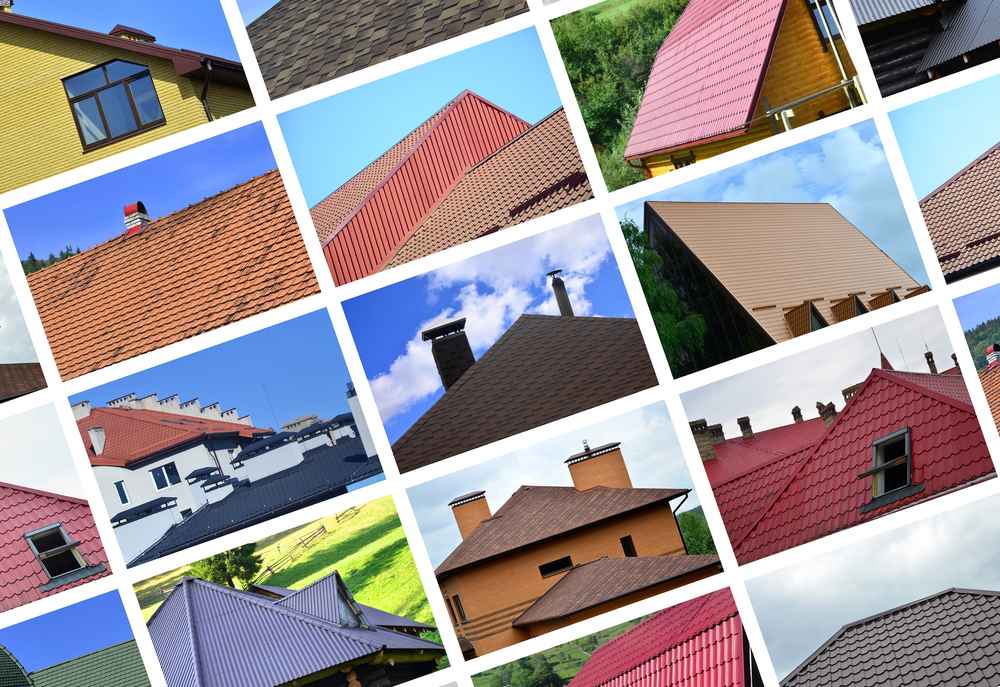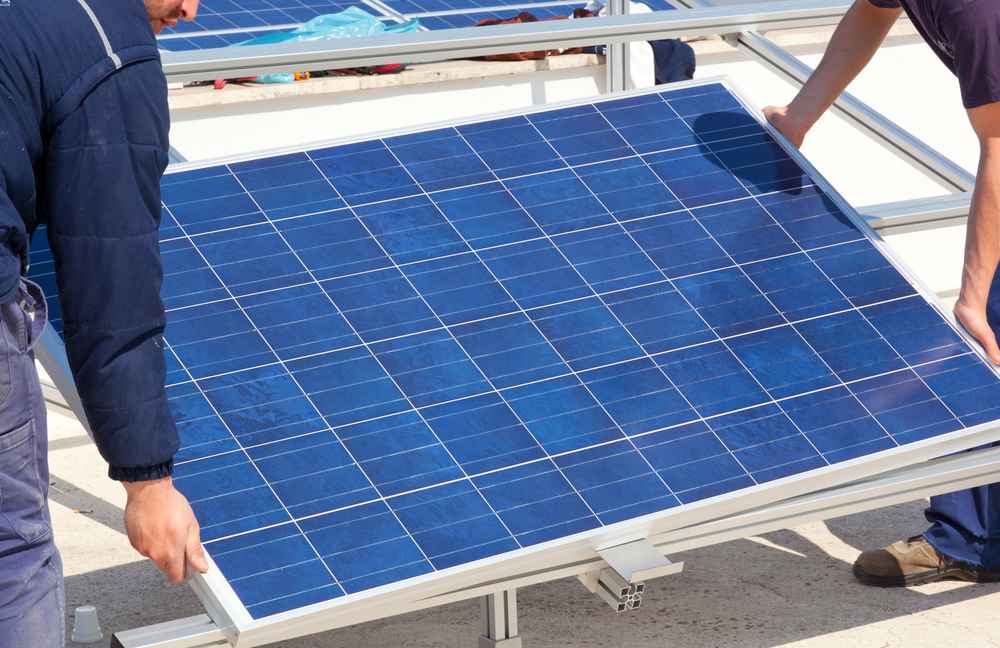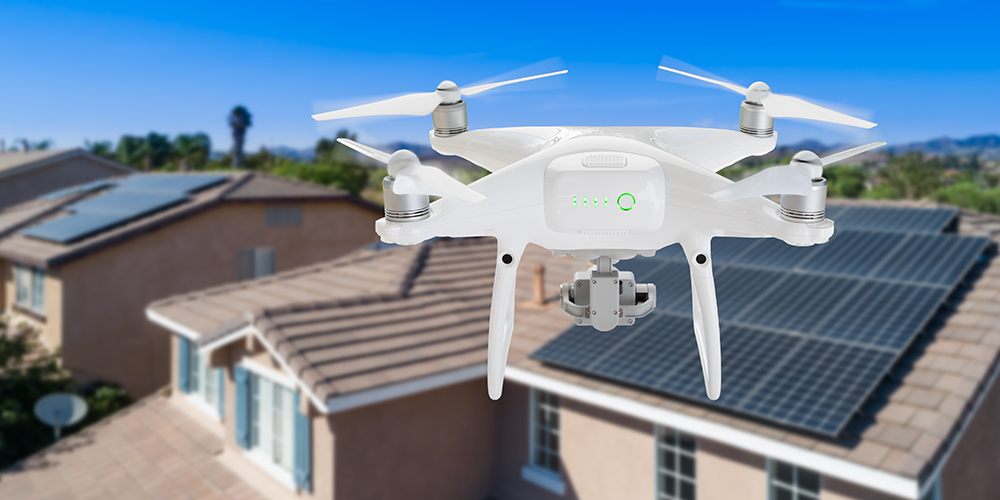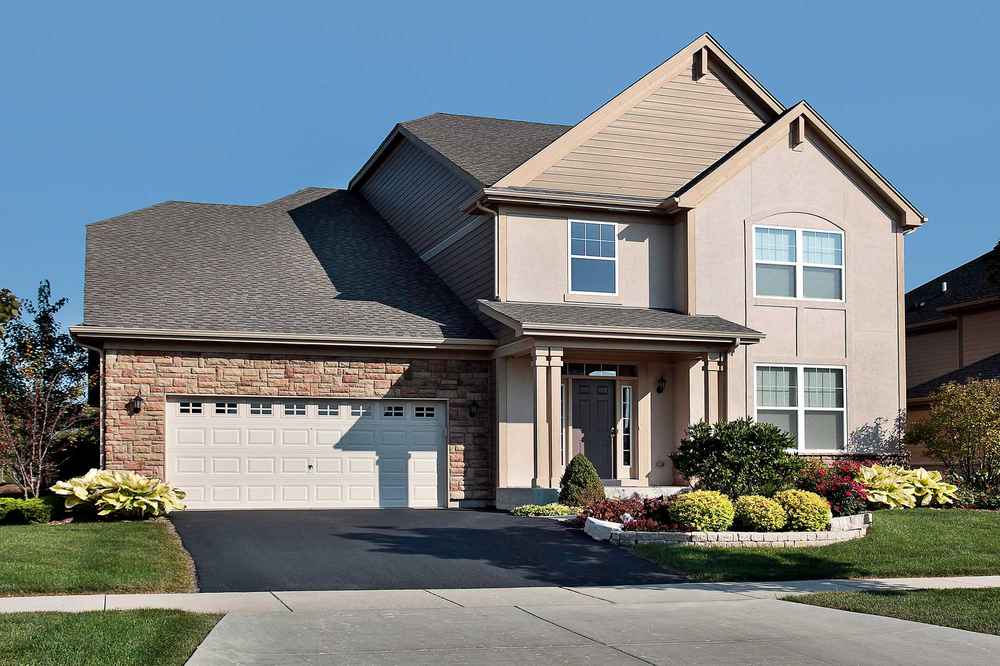When most homeowners think about saving money on energy, they picture replacing windows, upgrading appliances, or installing a smart thermostat. While these improvements matter, there’s one critical piece of the puzzle that often gets overlooked: your roof.
Your roof isn’t just a protective shield against Utah’s snow, sun, and storms—it plays a direct role in how much you spend on heating and cooling. A well-designed energy efficient roof with proper insulation can significantly reduce home energy bills year-round.
Why Roofing Matters for Energy Efficiency
Your roof is the first line of defense against the elements. In Utah, that means harsh winter snow, blazing summer sun, and everything in between. When your roof is poorly insulated or made from the wrong materials, it allows heat to escape in winter and traps heat inside during summer. The result? Higher energy bills and more strain on your HVAC system.
A properly designed roof acts like a thermal barrier, keeping conditioned air inside and unconditioned air outside. This reduces the workload on your furnace and air conditioner, which means lower monthly costs and a more comfortable home.

How an Energy Efficient Roof Reduces Home Energy Bills
An energy efficient roof helps homeowners in Utah save money in three main ways:
- Better Insulation: Proper roofing insulation slows down heat transfer, meaning less energy is needed to heat or cool your home.
- Reflective Surfaces: Certain roofing materials, especially cool roofing systems, reflect solar radiation rather than absorbing it, keeping homes cooler in the summer.
- Ventilation Balance: Energy efficiency isn’t just about insulation—it’s also about airflow. Roofs designed with the right ventilation prevent ice dams in winter and heat buildup in summer.
With these three factors in place, Utah homeowners can save anywhere from 10–30% on their energy bills (EPA).
Roofing Insulation in Utah: A Crucial Factor
Roofing insulation in Utah is especially important because of the state’s climate extremes. Utah homes face freezing temperatures in the winter and intense heat in the summer, often swinging 40–50 degrees between seasons. Without proper insulation in the attic and roofing system, energy is lost quickly.
- Winter: Warm air rises. Without adequate insulation, heated air escapes through the roof, forcing furnaces to work harder.
- Summer: Roofs absorb sunlight, and without insulation, that heat radiates into your living spaces.
Investing in quality insulation, such as spray foam, fiberglass batts, or blown-in cellulose, keeps your home comfortable year-round. Pairing insulation with radiant barriers and energy-efficient shingles multiplies the savings (Energy Star).
Roofing Materials That Boost Energy Efficiency
Not all roofing materials are created equal. If your roof is older or made from outdated materials, upgrading can deliver big benefits for energy savings.
Asphalt Shingles (Modern Options)
Asphalt shingles are the most common roofing material in Utah. Today’s high-quality shingles come with reflective coatings that reduce heat absorption.
Metal Roofing
Metal roofing naturally reflects sunlight and, when paired with a reflective coating, can reduce cooling costs by up to 25%.
Tile Roofing
Clay and concrete tiles are excellent insulators and work especially well in Utah’s sunny, dry regions.
Cool Roof Systems
Cool roofs are designed specifically to reflect sunlight and emit absorbed heat (U.S. Department of Energy).
Signs Your Roof Is Wasting Energy
Wondering if your roof is costing you money each month? Look for these warning signs:
- High energy bills during both winter and summer months
- Uneven heating or cooling inside your home
- Ice dams forming on the roof in winter
- Hot attic temperatures even when the air conditioner is running
- Old roofing materials (over 15–20 years old) without modern reflective technology
If you notice these issues, it may be time to consider roofing insulation upgrades or a full replacement with more efficient materials.
The Role of Ventilation in Roof Energy Efficiency
While insulation is key, ventilation is the other half of the equation. Proper airflow keeps your roof system healthy and energy efficient.
- In summer: Ventilation releases trapped hot air from the attic.
- In winter: Ventilation reduces condensation and prevents ice dams.
Balanced ventilation, with intake vents at the soffits and exhaust vents near the ridge, is crucial for Utah homeowners (NRCA).
How Roofing Upgrades Pay Off Over Time
Installing an energy efficient roof is an investment—but one that pays for itself.
- Lower utility bills: Save hundreds each year on heating and cooling.
- Increased home value: Energy-efficient homes sell faster.
- Extended roof life: Less stress from temperature extremes.
- Environmental benefits: Reduce your carbon footprint (Energy.gov).

Utah’s Climate and Roofing Choices
Because of Utah’s unique climate, roofing choices here differ from other regions:
- Snow loads: Roofs must withstand heavy snow.
- High altitude sunlight: UV exposure is stronger, so reflective roofing materials prevent premature wear.
- Temperature swings: Insulation is critical for handling both freezing winters and hot summers.
Utah homeowners should work with a local roofing contractor who understands these regional demands.
Steps to Make Your Roof More Energy Efficient
- Schedule a Roof Inspection
- Upgrade Attic Insulation
- Seal Leaks and Gaps
- Add Radiant Barriers
- Replace Old Roofing with Energy-Efficient Materials
- Ensure Proper Ventilation
FAQs: Energy Efficient Roofing in Utah
Will a new roof reduce my bills?
Yes—homeowners often see a 10–30% reduction in heating and cooling costs.
What’s the best material for Utah’s climate?
Metal roofing and reflective asphalt shingles are both excellent choices.
Can I just add insulation?
Yes, attic insulation helps, but pairing it with reflective shingles provides the best results.
How long until upgrades pay off?
Most homeowners recover their investment in 5–10 years.
Let’s Get Your Roof Done Right
Your roof does far more than protect your home—it’s a key player in how much you spend on energy each month. From insulation to ventilation to modern reflective materials, an energy efficient roof can help Utah homeowners stay comfortable while lowering utility bills.
If your home feels drafty in the winter or stifling in the summer, it may be time to consider upgrades. Investing in the right roofing insulation in Utah today will not only improve your comfort but also reduce home energy bills for years to come.Next Step: Schedule a roofing inspection with Clean Cut Roofing & Siding today.
